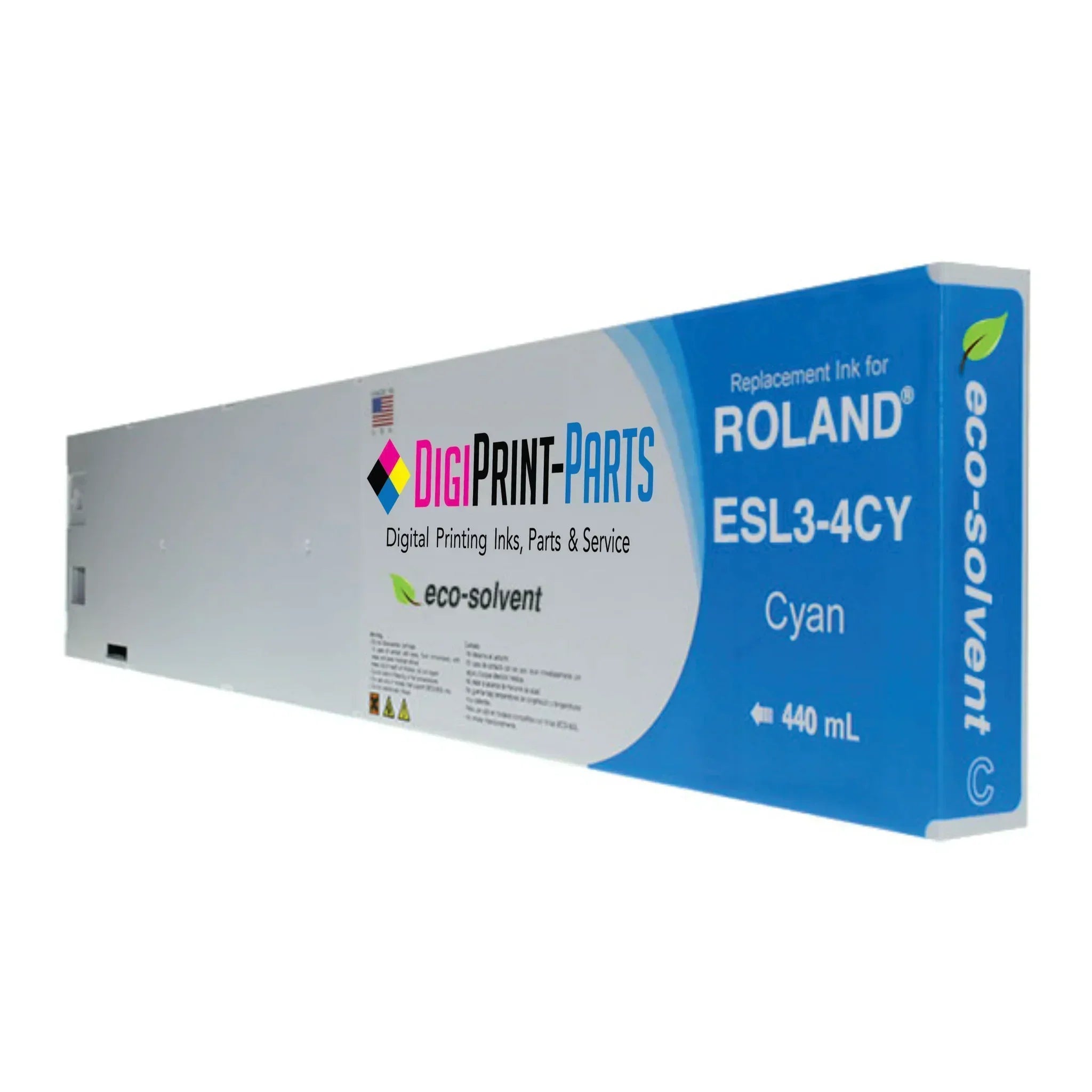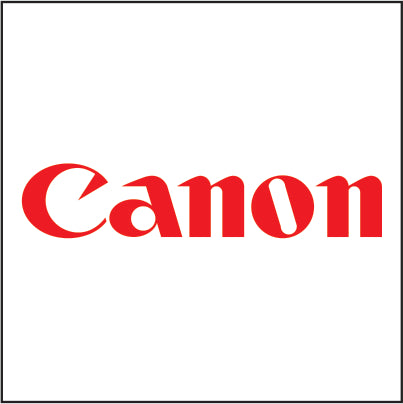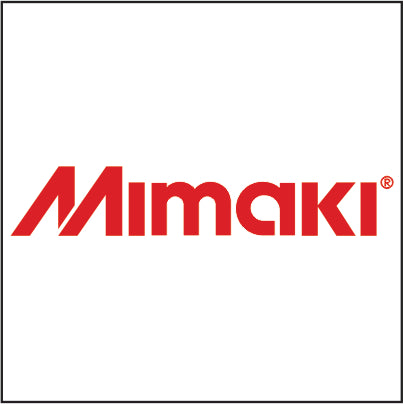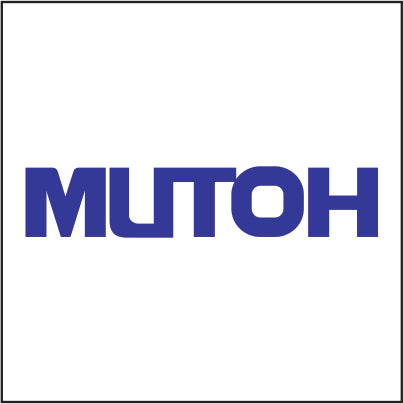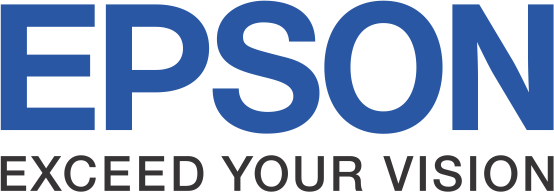What's the difference between eco-solvent ink and sublimation ink?
In the world of digital printing, eco-solvent ink and sublimation ink are two popular options with distinct uses. If you’ve ever wondered what’s the difference between eco-solvent ink and sublimation ink, you’re not alone. Many print professionals and hobbyists face this question when choosing the right Digital Printing Supplies and equipment for their projects. This blog will demystify these two ink types in a clear, straightforward way. We’ll explore how they work, where they shine, and how to decide which one suits your needs.
Understanding Eco-Solvent Ink
Eco-solvent ink is a type of pigmented ink suspended in a mild, biodegradable solvent carrier. It’s termed “eco” because it contains far fewer harsh chemicals and emits lower volatile organic compounds (VOCs) compared to traditional solvent inks. In fact, eco-solvent formulations were developed as a safer, low-odor alternative to the strong solvent inks used in large-format printing (see Eco-Solvent Inks vs. Solvent Inks: What’s the Difference, and Which One Should You Choose? for a detailed comparison).
One of the biggest advantages of eco-solvent ink is its compatibility with a wide range of materials. It can print directly on uncoated substrates such as vinyl, banner material, canvas, window cling, and paper. This makes it ideal for outdoor and large-format applications like vehicle wraps, billboards, decals, and signage. Eco-solvent prints are waterproof, UV-resistant, and can last 3–5 years outdoors. While color vibrancy on fabric may be slightly muted, they perform exceptionally well on vinyl and coated media.

Understanding Sublimation Ink
Sublimation ink is a water-based dye used in a heat transfer process. The ink is first printed on transfer paper, then heat-pressed into polyester or polymer-coated materials. The heat turns the ink into gas, allowing it to embed into the substrate at a molecular level.
This process results in permanent, high-resolution prints with no tactile feel. Sublimation ink offers unmatched color vibrancy and is ideal for polyester apparel, mugs, promotional items, and home decor products. However, it only works on certain substrates (primarily polyester) and requires a heat press.

Eco-Solvent Ink vs. Sublimation Ink: Key Differences
So, what’s the difference between eco-solvent ink and sublimation ink?
-
Substrates & Versatility: Eco-solvent ink works on vinyl, canvas, paper, and more. Sublimation ink only works on polyester or poly-coated surfaces.
-
Color Vibrancy: Sublimation wins here. Its colors are more vibrant and photo-realistic.
-
Durability: Eco-solvent handles outdoor conditions better. Sublimation is perfect for wash-resistant, abrasion-proof prints.
-
Environmental Impact: Eco-solvent has low VOCs. Sublimation is water-based and nearly odorless, but requires heat energy.
-
Production Speed: Sublimation prints are ready instantly post-press. Eco-solvent prints need time to dry and cure.
-
Cost & Equipment: Eco-solvent systems are pricier up front. Sublimation can start small with an Epson EcoTank conversion and a basic heat press.
Is eco-solvent ink the same as sublimation ink?
No – they are completely different. Eco-solvent ink prints directly onto media and adheres to the surface. Sublimation ink requires a heat press to fuse into polyester materials. Using the wrong ink in the wrong printer can damage the equipment and ruin your prints.
What are the disadvantages of eco-solvent ink?
Eco-solvent ink has a few drawbacks:
-
Slower drying/curing time
-
Requires compatible printers and proper ventilation
-
Not ideal for printing directly onto fabric
-
Slightly less color vibrancy than sublimation
Despite these, it's still ideal for outdoor and signage work due to its resilience and media flexibility.
Does EcoTank ink work for sublimation?
The standard ink in an Epson EcoTank printer does not work for sublimation. However, many people convert new EcoTanks by replacing the default ink with sublimation ink. Once converted properly, the EcoTank becomes a budget-friendly sublimation printer. Just don’t mix the two types of ink.
What is the difference between Epson ink and sublimation ink?
Regular Epson ink is made for everyday document or photo printing. It doesn’t sublimate. Sublimation ink contains heat-reactive dyes that bond with polyester under high temperatures. You need to load a printer with true sublimation ink to do any sublimation transfers successfully.
Choosing Between Eco-Solvent and Sublimation Inks
If you print signs, decals, wraps, or outdoor graphics, eco-solvent is your best bet. It works with more materials and holds up in weather.
If you specialize in apparel, promotional items, or personalized gifts, sublimation offers unbeatable color and permanence on polyester.
Each ink has its strengths, and both have a place in the modern Digital Printing Inks world. Don’t forget to explore other technologies like UV Inks and DTF Printers as your printing business grows.
At DPI Supply, we’re proud to support both workflows with professional-grade supplies, inks, and solutions.


